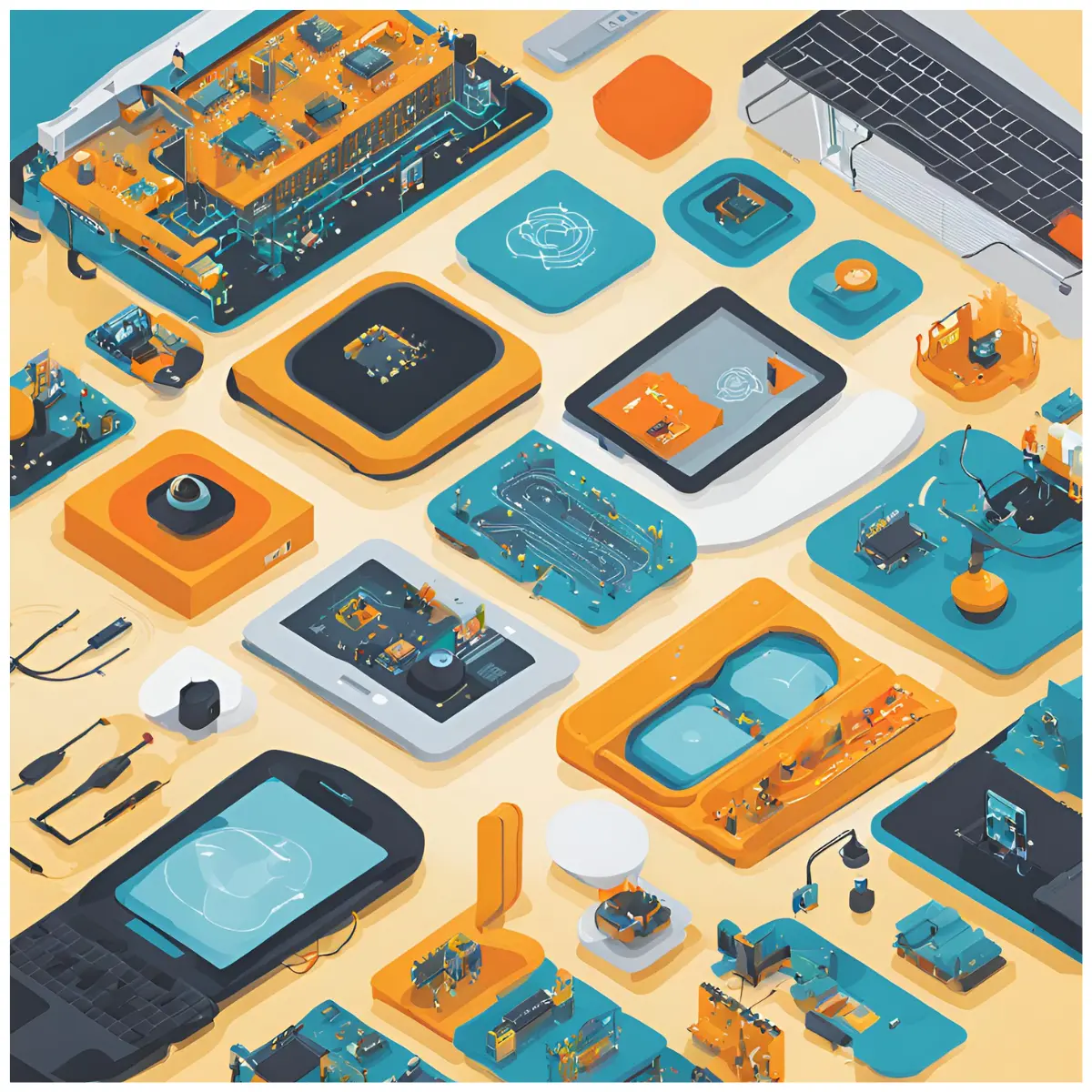Versatile IoT Development with JavaScript for Connected Devices
Internet of Things or IOT has brought drastic change in the communication among the devices and has become a large network of interconnected devices which share information and control various things. Perhaps, the best programming languages for IoT development have been C, C++, and python which are reputed to provide superior performance when used in embedded systems. But JavaScript has been proven to be a robust language for IoT technology, offering several benefits that ensure it is a top choice for developers in the IoT ecosystem.

Why JavaScript for IoT?
The enhanced use of JavaScript in the development of web applications leads to its equally enhanced use in the Internet of Things. Due to its non-blocking, event-based approach that is efficient for executing operations that do not necessarily run in parallel, it is highly suitable in IoT contexts. Also, working in the browser allows us to use JavaScript which has a vast number of libraries and frameworks to build apps quickly. With platforms like Node. ; The latest benchmarks of js, developers can perform javascript on the server side, which allows for smooth connections between devices and the servers.
Cross-Platform Compatibility
Another point in favour of using JavaScript is the language’s ability to function effectively on most platforms. Mobile applications, websites, and software can be built that will work well on all kinds of platforms and can be easily created or altered, making the process of creating applications simpler and less time consuming. Libraries such as Johnny-Five make it possible for JavaScript to interact directly with small computers and microcontrollers such as Arduino and Raspberry Pi. This means that developers can utilise their existing knowledge and resources from the software development from one hardware platform to the other.
Event-Driven Programming
IoT devices include actuators and sensors that need to execute events on a real-time basis or on receipt of triggers like button press. JavaScript is a language for event-driven programming using Node. js stands out in these situations and excels in these. The async nature of the language, however, allows devices to perform multiple operations at once without interrupting one another, a feature that is useful to ensure that IoT systems remain performant in their operations.
Rapid Development and Prototyping
JavaScript is usually more efficient and allows for the creation of fast prototypes because it is a high-level language that is backed up by a large number of libraries. Platforms such as Node-RED where developers can wire devices, APIs and online services enable developers to easily build and tessellate IoT applications. Intuitive visual representation of how data is channelled from one connected device to another makes development seamless and speeds up delivery.
Strong Developer Audience and Ecosystem
A growing number of developers contribute to the JavaScript world by sharing their techniques, tips, examples, and libraries that help in solving common issues. In the npm (Node Package Manager) there is a vast grouping of packages that can be used to enhance the IoT applications. This vibrant community-based ecosystem with its support and development encourages ideas and applications to be explored beyond the confines of IoT.
Security and Maintenance
This is specifically true in IoT, where devices are deployed in security and sensitivity critical areas. As for security issues, the main JavaScript frameworks and libraries are regularly updated to eliminate vulnerabilities, and the active community allows for the quick detection of threats. In addition, the usage of JavaScript guarantees the long-term support and maintenance of the code, making it sustainable for IoT ventures.
Use Cases and Applications
Due to the language’s flexibility, JavaScript can be used in many IoT scenarios as will be discussed severally in this paper. Home automation gadgets like thermostats, lighting systems, and security cameras can be operated through JavaScript programming language. In industrial IoT JavaScript assists in tracking and controlling the machinery and equipment to enhance its functioning and minimise failure rates. Furthermore, applications in the healthcare sector have the unique advantage of JavaScript in real time data processing from wearable devices and remote monitoring systems.
Active Events
Data Scientist Challenges One Should Avoid
Date: August 14, 2024 | 7:00 PM (IST)
7:00 PM (IST) - 8:10 PM (IST)
2753 people have registered
Unlocking Lucrative Earnings: Mastering Software Engineering Salaries
Date: Aug 05, 2025 | 7:00 PM(IST)
7:00 PM(IST) - 8:10 PM(IST)
2811 people have registered
Bootcamps
Full Stack Software Development Bootcamp
- Duration:4 Months
- Start Date:Aug 09, 2025
Data Science Bootcamp
- Duration:4 Months
- Start Date:Aug 09, 2025
